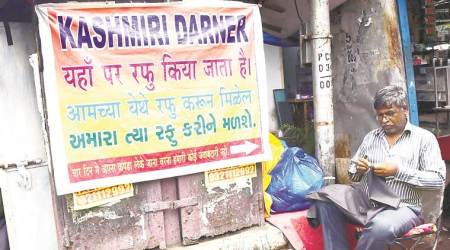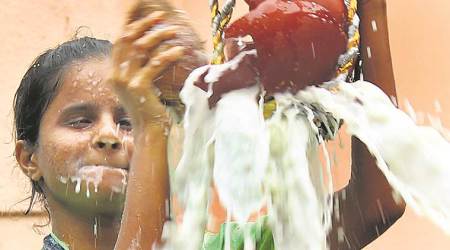 Tests showed the disorder runs in his maternal family with at least five of his relatives having different forms of ataxia. (Representational image)
Tests showed the disorder runs in his maternal family with at least five of his relatives having different forms of ataxia. (Representational image)
A 16-year-old boy from Airoli has been identified as one of the few persons in India living with a rare genetic kind of ataxia. Tests showed the disorder runs in his maternal family with at least five of his relatives having different forms of ataxia. On Wednesday, his case was published online in the International Movement Disorder Journal.
A neurological disorder that affects body movement, balance and speech — ataxia is common in India. However, the teenager (name withheld on request) suffers from Autosomal recessive spastic ataxia of Charlevoix-Saguenay (ARSACS), which is predominant in Canada and has been reported in Japan, Turkey, Tunisia, Spain, Italy, and Belgium.
“There are only a few cases in India that I have heard about from colleagues. But not each case is documented. It is a very rare disorder,” said paediatric neurologist Neelu Desai from Hinduja Hospital.
The boy, now in Class X, showed symptoms of ARSACS at the age of two, when he would often fall while walking. “His leg movements were not proper and he would salivate a lot,” his father, a government school teacher in Navi Mumbai, said. The family tried Ayurveda and later visited a few neurologists to improve his movements. When he was 12, they were able to diagnose the correct type of ataxia that the boy suffered from. In the past few months, blood and genetic tests showed his mother had recessive genes for the disorder. While it did not affect her, the disorder ran in her mother, uncle and cousins in different forms.
The incidence of SCA3 (spinocerebellar ataxia) is the most common in India. “The symptoms of ARSACS are similar to other forms of ataxia, though the treatment may vary. We have put the boy on medication to improve brain functions. Physiotherapy helps improve movement,” said Dr Pankaj Agarwal, a neurologist with Global hospital. There is no treatment to cure ataxia.
The boy has tightness in legs and spasticity in muscles. “Research on this is still on. Treatment can only be symptomatic,” Agrawal added. With medication, his family says, the boy is able to ride a bicycle, play and visit school regularly. He continues to face difficulty in speech. “But he salivates less as he gets older,” his father said.

